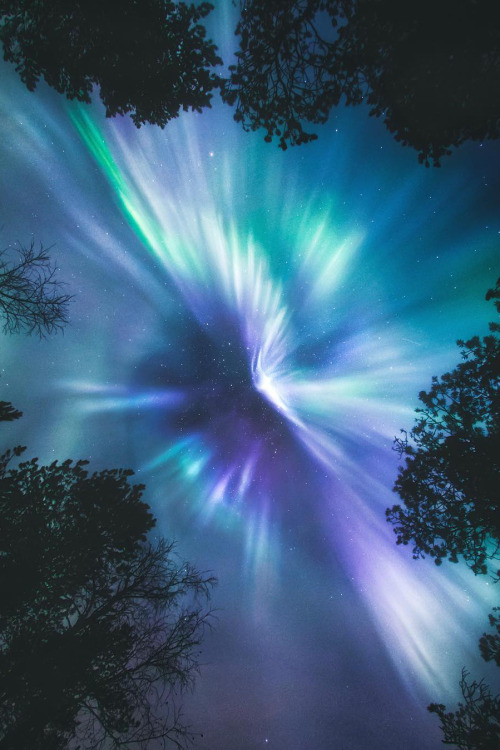Latest Posts by porcelainrobot - Page 3







Crashing In//Oregon July 2016

Saturn Casts Shrinking Shadow Over Rings in NASA Photo
On Earth, the change of the seasons can be marked by the length of the shadows cast by the sun. This approach also works on Saturn, where the shadow of the massive planet grows shorter each day.
A new photo from the Cassini probe shows the shadow of Saturn blanketing a large section of the planet’s ring system. But back in 2007, Cassini images showed Saturn’s shadow stretching well beyond the edge of the rings. The shortening of the planet’s shadow will continue as Saturn approaches a solstice in May 2017.
Read more ~ Space.com
Image:
The shadow of Saturn cast across the planet’s massive ring system, captured by the Cassini probe on May 21, 2016. Credit: NASA/JPL-Caltech/Space Science Institute

Mount Rainier // Dipsauce

she past away

Hapuna Beach // Bejamin

Aurorae on Jupiter by NASA, ESA, Hubble

ghost

A photo of Saturn. Took by Cassini with COISS on May 08, 2005 at 19:13:54. Detail page on OPUS database.

Hangzhou // Jacob Riglin

Untitled // Tyler Hansen

Untitled // Sarah Green

Untitled // Ella Olafsen

Framed by Nature // Merlin Kafka

Haunted House

Switzerland // Hannes Becker

Glenorchy, New Zealand // Chrystal Hutchinson
What’s Up for July 2016?

What’s Up for July? Use Saturn as your guide to a tour of the summer Milky Way.

Saturn continues to dazzle this month. Its wide rings and golden color provide a nice contrast to nearby Mars and Antares. Below Saturn lies the constellation Scorpius, which really does look like a scorpion!

Through binoculars or telescopes you’ll be able to spot two pretty star clusters: a compact (or globular) cluster, M-4, and an open cluster, M-7. M-7 is known as Ptolemy’s cluster. It was observed and cataloged by Greek-Egyptian astronomer Ptolemy in the first century.

Climbing north, you’ll be able to spot the teapot shape which forms part of the constellation Sagittarius. The center of the Milky Way is easy to see. It looks like bright steam rising from the teapot’s spout.

With difficulty, a good star chart and a medium-sized telescope you can locate faint Pluto in the “teaspoon” adjacent to the teapot.

A binocular tour of this center core of the Milky Way reveals many beautiful summer sky objects. We first encounter the Eagle Nebula, M-16. Part of this nebula is featured in the famous and beautiful “Pillars of Creation” images taken by our Hubble Space Telescope.

You’ll have to stay up later to see the northern Milky Way constellations, which are better placed for viewing later in the summer and fall. Cygnus the swan features the prettiest supernova remnant in the entire sky, the Veil Nebula. It’s too big to fit in one eyepiece view, but luckily there are three sections of it.

Look between Aquila and Cygnus to find three tiny constellations: Delphinus the dolphin, Vulpecula the fox and Lyra the lyre (or harp). M-57, the Ring Nebula, is the remains from a shell of ionized gas expelled by a red giant star into the surrounding interstellar medium. It’s pretty, too! Look in Vulpecula for the Dumbbell, another planetary nebula.

We’ll end our summer tour with Lacerta the lizard and Draco the Dragon. Lacerta is home to a star with an extrasolar planet in its orbit, and Draco, facing away from the center of our Milky Way, is a treasure trove of distant galaxies to catch in your telescope.
Watch the full What’s Up for July 2016 video HERE.
You can catch up on current missions and space telescopes studying our Milky Way and beyond at www.nasa.gov.
Make sure to follow us on Tumblr for your regular dose of space: http://nasa.tumblr.com

Cloud Mountain // Joni Niemelä

1995, picture by Enver Hirsch



Above It All // Heather Ingram




“Come on, guys. It’s time for everyone to go home.”







